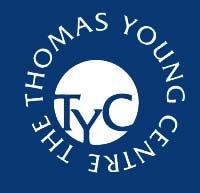
Advances in modelling defects and interfaces workshop
14 October 2024 @ 1:30 pm – 15 October 2024 @ 2:00 pm
Institute of Physics (IOP), London
The Thomas Young Centre takes great pleasure to announce the workshop “Advances in modelling defects and interfaces”, being organised to honour the vast catalogue of achievements of Professor Alexander Shluger to modelling defects and interfaces in solids and nanosystems; his many contributions to computational materials science.
Alex has been part of the UK Computational Materials Science community for more than 30 years, first working at the Royal Institution, and since 1996 at University College London, where he was appointed Head of the Condensed Matter and Materials Physics group.
Alex Shluger has made seminal contributions to the theoretical modelling of defects at surfaces and interfaces of insulators. Moreover, he developed new models explaining mechanisms of imaging and manipulation of surface atoms and molecules using atomic force microscopy. In 2020, Alex’s achievements were recognised by the Institute of Physics (IoP), when he was awarded the David Tabor Medal and Prize.
Alex continues to maintain a very active research group at UCL: https://www.ucl.ac.uk/condensed-matter-material-physics/alexander-shluger-group
10 invited speakers will deliver research talks at the forefront of computational materials science, who are long-term collaborators or former students and postdocs of Alex:
Valeri Afanas’ev – KU Leuven, Belgium
Sir Richard Catlow – University College London, UK
Adam Foster – Aalto University, Finland
Jacob Gavartin – Schroedinger Inc.
Peter Grutter – McGill University, Canada
Tony Kenyon – University College London, UK
Eugene Kotomin – Max Planck Institutes, Germany
Keith McKenna – University of York, UK
Peter Sushko – Pacific Northwest National Laboratory, USA
We expect an audience of scientific peers in computational materials research, from PhD students to Senior Professors.
The workshop will be held at the Institute of Physics in London on October 14-15, 2024, and will include sessions of scientific presentations and discussions, and the option of joining a dinner in the evening of October the 14th, for which a nominal fee will be charged.
We hope you are able to join us for this happy event – please indicate your interest to Karen Stoneham (tyc-administrator@ucl.ac.uk). We will circulate registration information in due course.

